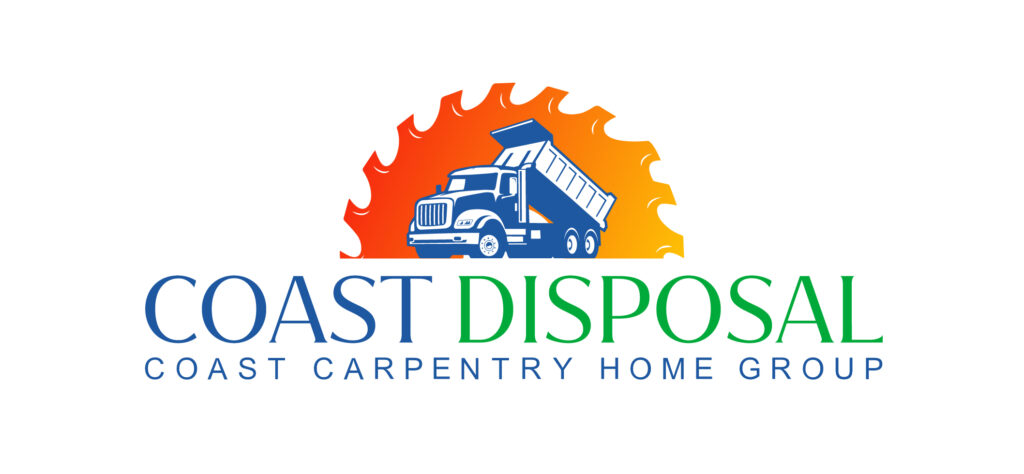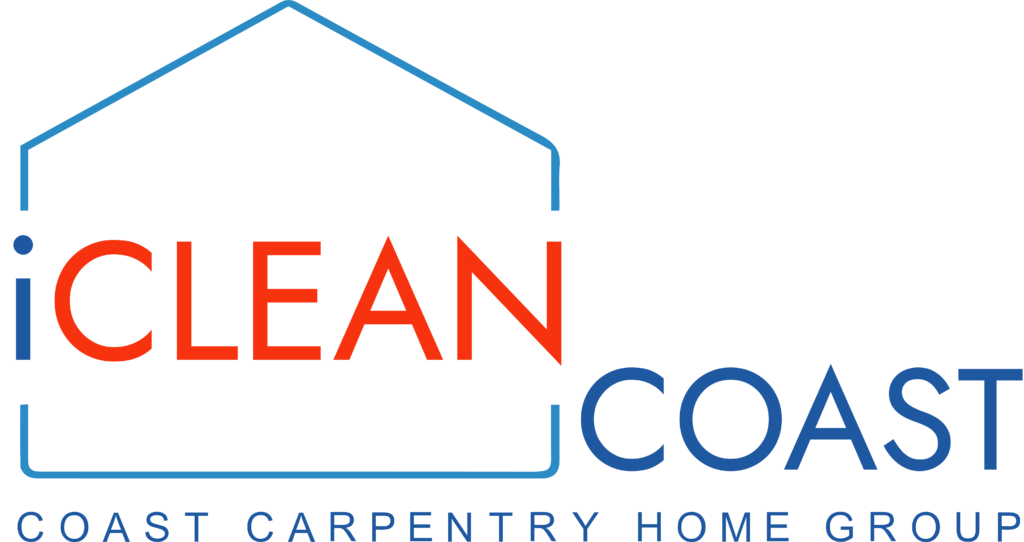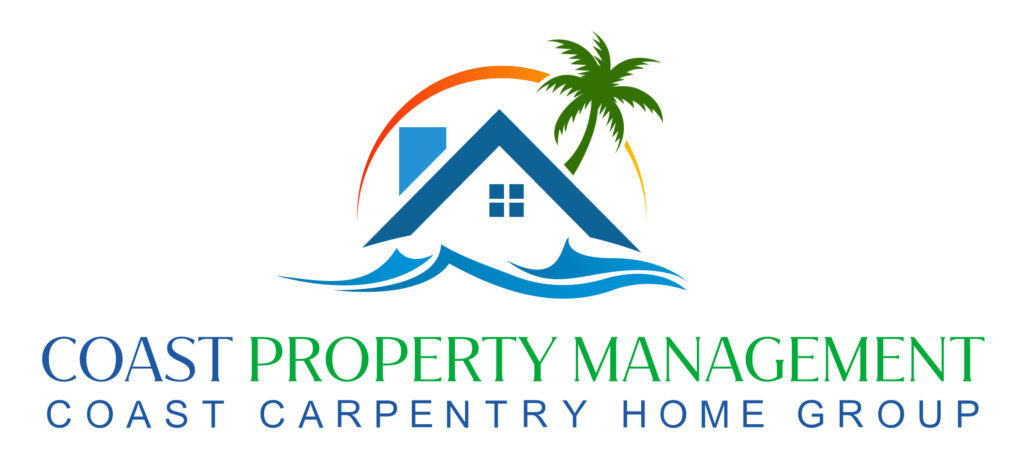Fences serve a multitude of purposes for homeowners, from adding privacy and security to enhancing a property’s curb appeal. However, with a vast array of fencing options available, selecting the perfect fence for your home can be an overwhelming process.
In this comprehensive guide, we will explore different fencing materials, popular styles, and essential factors to consider when choosing your new fence. By understanding your options and objectives, you will be well-equipped to make an informed decision and enjoy a fence that suits your needs for years to come.
Understanding Fencing Materials: Pros and Cons
When selecting a fence material, it is essential to consider factors such as durability, maintenance requirements, and aesthetics. Each fencing material has unique benefits and drawbacks to keep in mind:
1. Wood: As a classic choice for residential fencing, wood offers warmth and a natural look that is hard to beat. Depending on your choice of wood species, maintenance needs may vary — pressure-treated pine has a higher resistance to rot and insects, while cedar may require more frequent staining or sealing. While initial costs for wood fencing can be relatively low, long-term maintenance expenses should be factored in.
2. Vinyl: Low maintenance and versatile, vinyl fencing has gained popularity for its ease of care and variety of style options. Vinyl fences are resistant to fading, rotting, and insect damage, requiring only occasional cleaning to maintain their appearance. However, the initial investment for vinyl fencing may be higher than wood options, and some homeowners may find the material’s appearance less natural than real wood.
3. Metal: Durable and long-lasting, metal fencing options include wrought iron, aluminum, and steel. Wrought iron is popular for its decorative appeal, but it typically requires regular painting to prevent rust. Aluminum and steel provide lightweight, low-maintenance alternatives that are resistant to corrosion. Metal fences may come with a higher initial cost, but their longevity and minimal upkeep make them a sound investment.
4. Composite: Eco-friendly and low maintenance, composite fencing is made from a blend of recycled wood fibers and plastic. Designed to mimic the appearance of wood without the risk of rot or insect damage, composite fences require little care beyond general cleaning. The initial cost of composite fencing is generally higher than wood but is offset by lower long-term expenses and environmental benefits.
Exploring Popular Fence Styles
With so many fence styles to choose from, finding the right one for your home can be an exciting process. Here are some popular options to consider, along with their primary functions and aesthetic appeal:
1. Picket Fence: With its simple, evenly spaced vertical slats, the picket fence is a quintessential symbol of the American dream. Suitable for defining boundaries and adding charm, a picket fence complements traditional and cottage-style homes.
2. Privacy Fence: As the name implies, privacy fences are designed to create a secluded space and ensure your backyard remains a private haven. Typically constructed from wood or vinyl, these tall, solid fences are an ideal choice for enhancing privacy and security.
3. Split Rail Fence: Popular in rural areas and suitable for enclosing large properties, split rail fences consist of wooden posts with horizontal rails. These rustic, open-design fences may not offer much in terms of privacy, but they provide an attractive and natural boundary.
4. Modern Horizontal Slat Fence: For those seeking a more contemporary look, horizontal slat fences with clean lines and sleek designs provide a stylish option. Commonly made from wood, composite, or metal materials, these fences add a touch of modernity to your property.
Key Factors to Consider When Choosing a Fence
Beyond materials and styles, there are several other factors to consider when selecting the ideal fence for your property:
1. Local Regulations: Before embarking on a fencing project, familiarize yourself with any local regulations or homeowner’s association guidelines that may dictate fence height, style, or material restrictions.
2. Maintenance Needs: Be sure to consider the long-term care requirements of your chosen fence material, as maintenance expenses and efforts can vary significantly.
3. Budget: Establish a budget for your fencing project, factoring in not just the initial cost but also the long-term maintenance expenses and potential replacement costs.
4. Weather Conditions: Account for your region’s climate when selecting materials, as certain options may perform better under specific weather conditions.
The Importance of Partnering with an Expert Fence Builder
Hiring a skilled and reliable fence builder is vital for a smooth installation process and a high-quality result. Look for a contractor with a proven track record, excellent customer reviews, and a portfolio of successful projects. A knowledgeable contractor can guide you through the selection process, ensuring your fence meets your needs and complements your home’s aesthetics.
Final Thoughts
Selecting the perfect fence for your property involves considering your goals, understanding the various materials and styles available, and partnering with an experienced fence builder. By taking the time to research and weigh your options, you can create a beautiful and functional addition that adds value and enjoyment to your home.
Trust the expert fence builder team at Coast Carpentry Construction to bring your fencing vision to life, providing unparalleled craftsmanship and customer satisfaction. Contact us today for a free consultation and quote, and take the first step toward your ideal fence!







